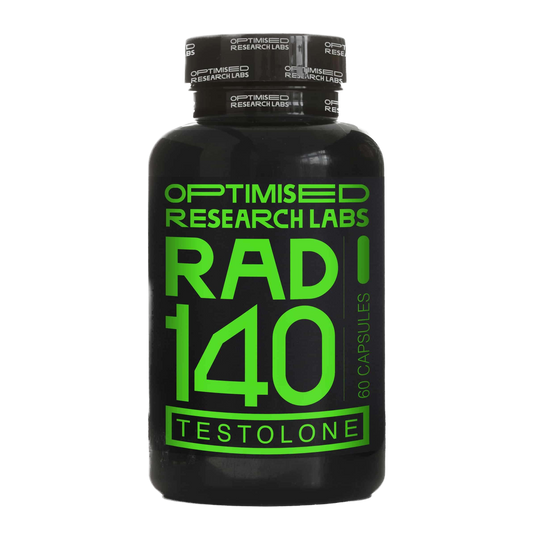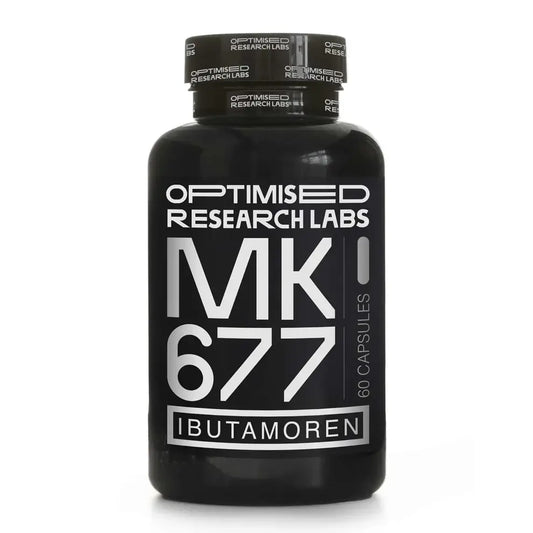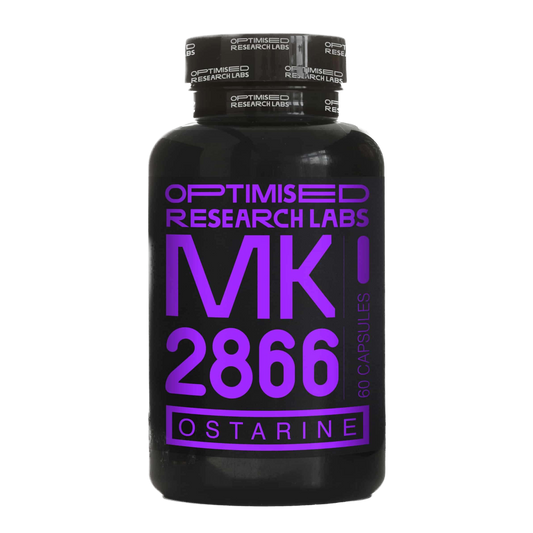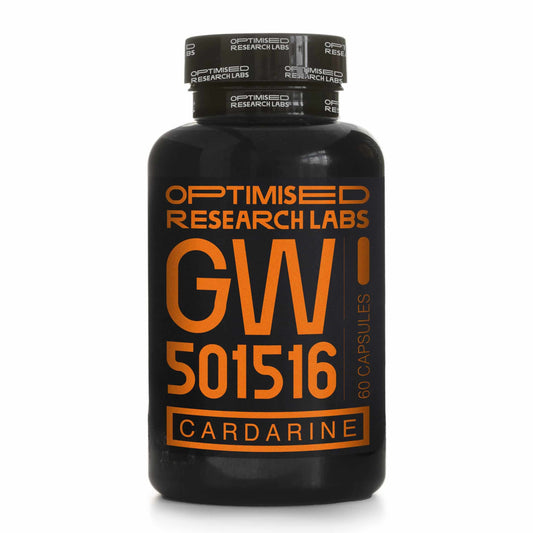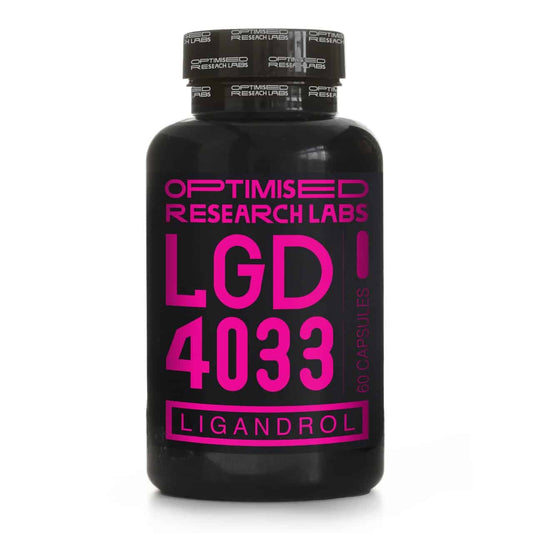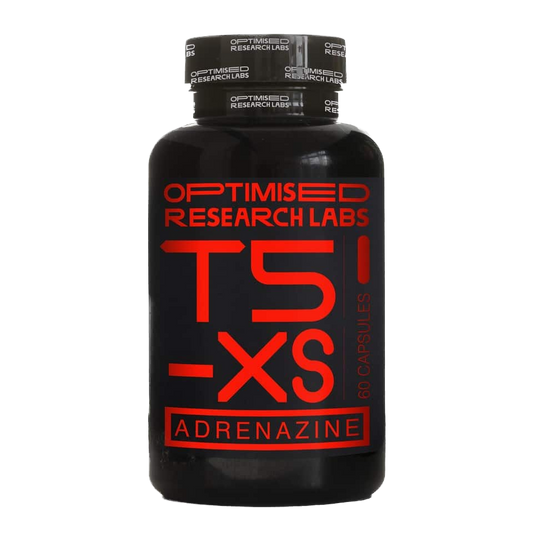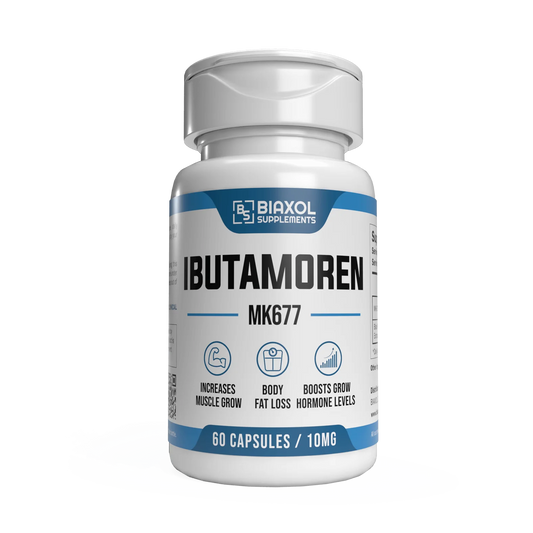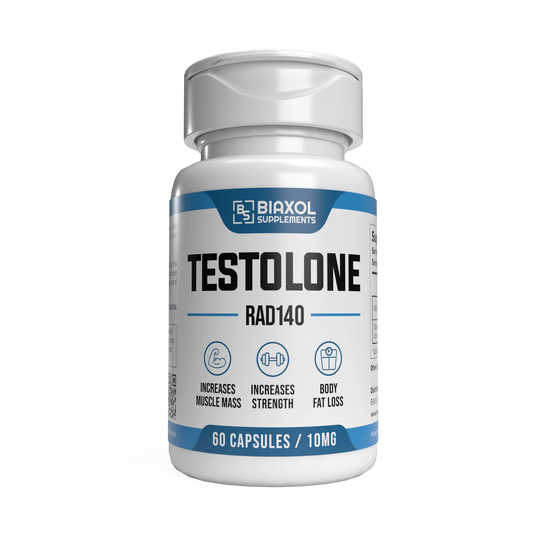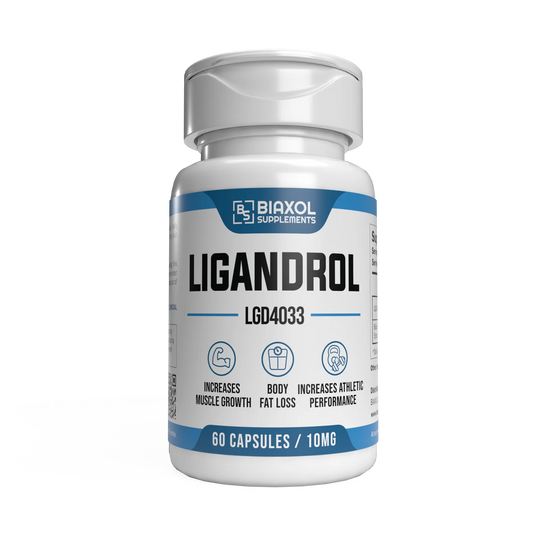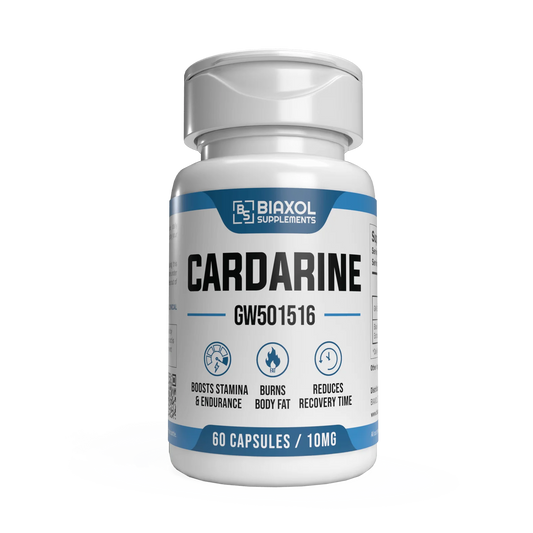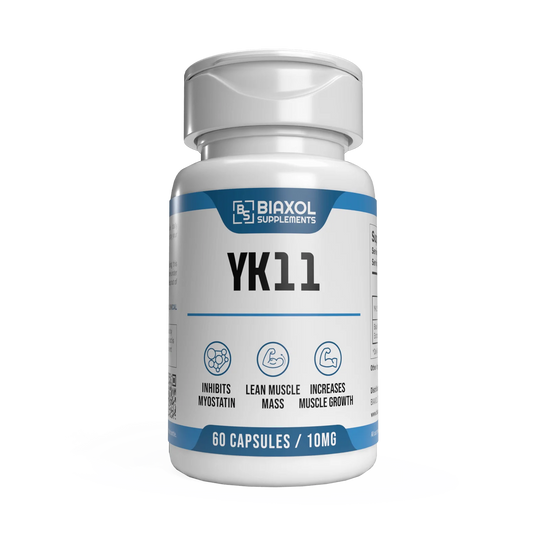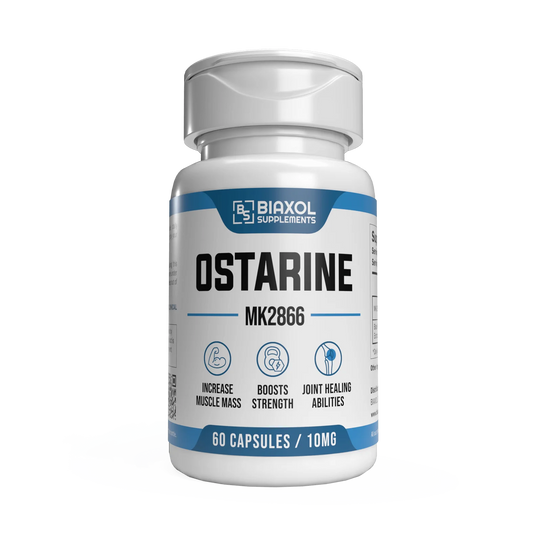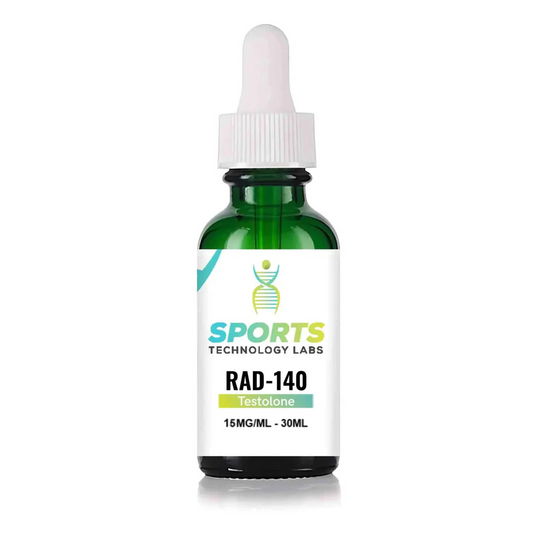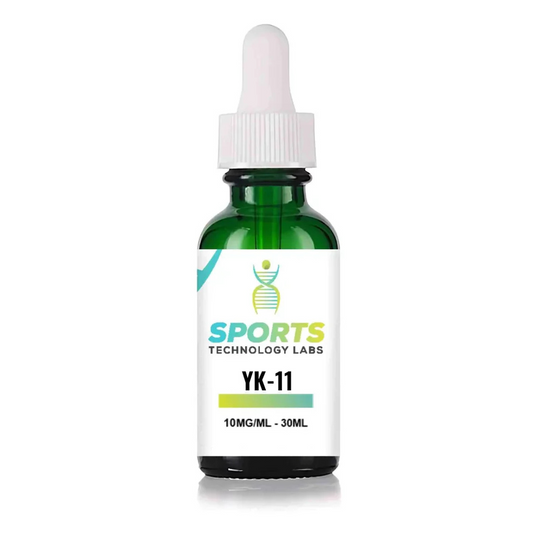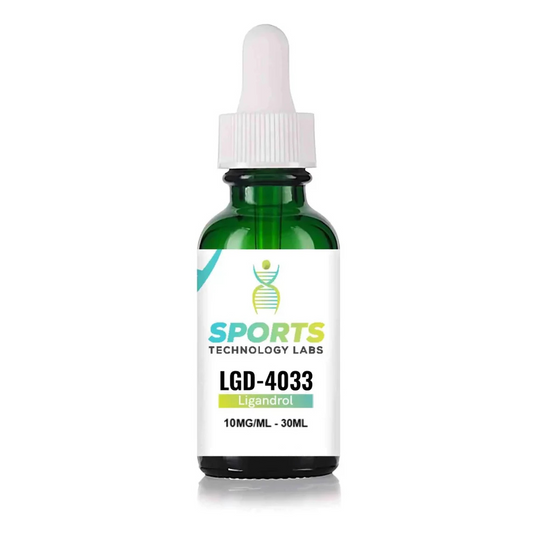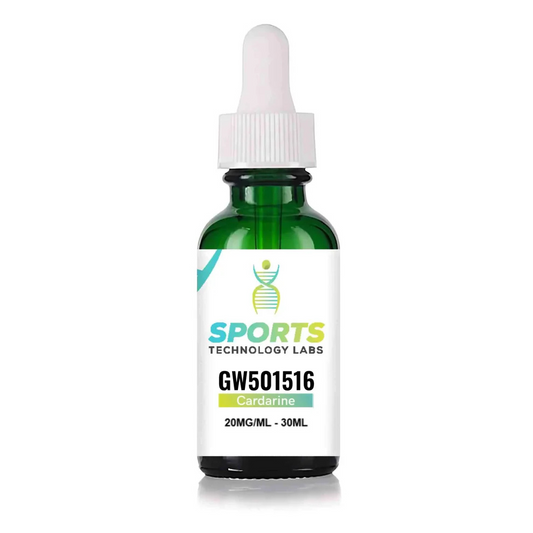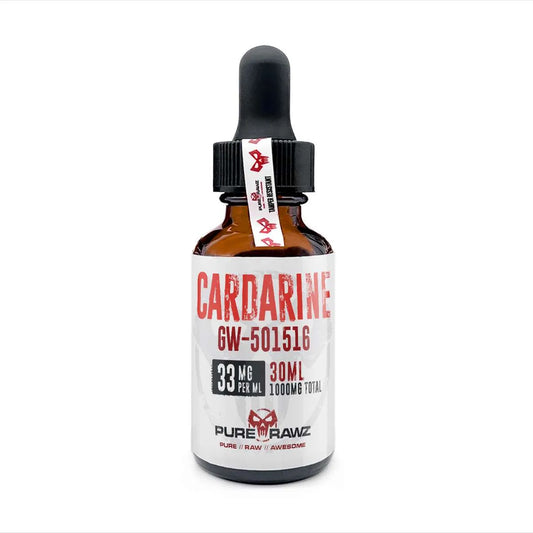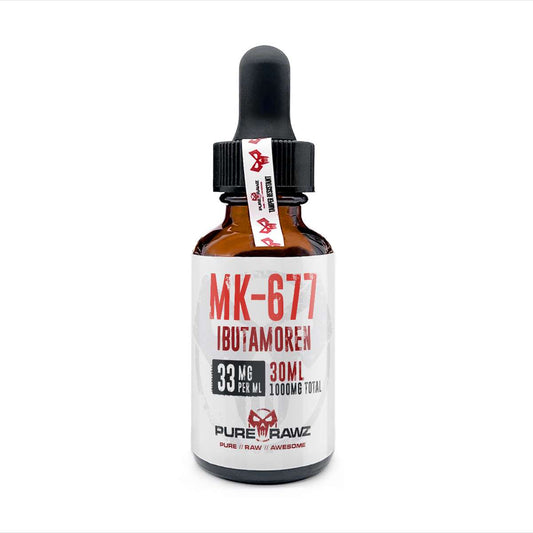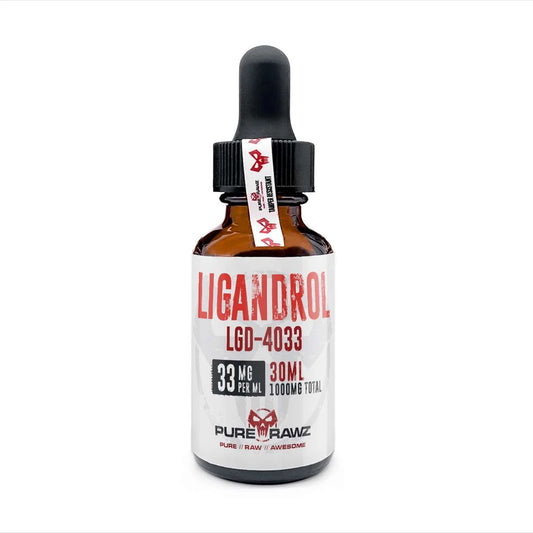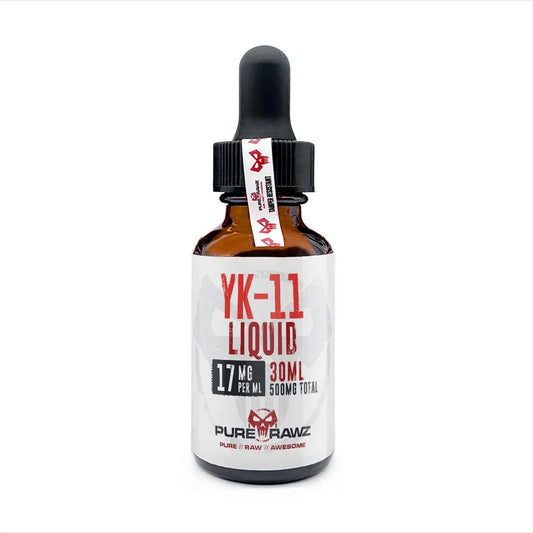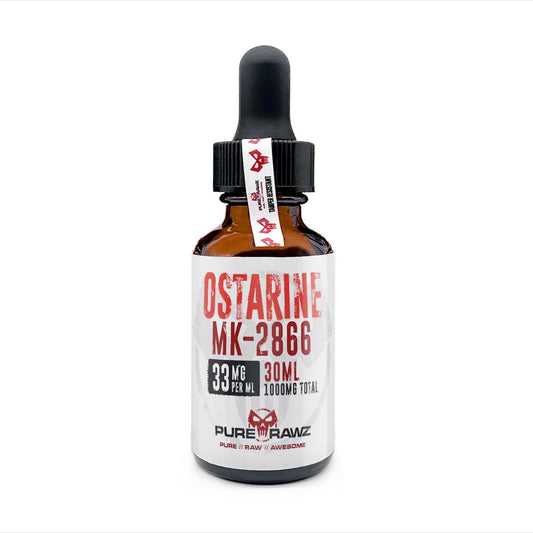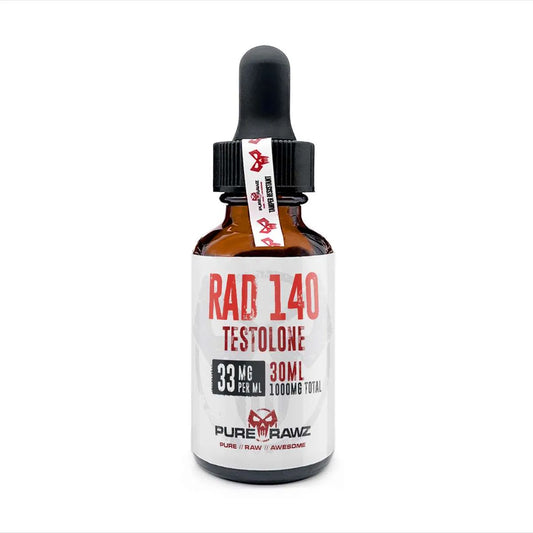SARMs and Athletic Performance Research
Introduction
Selective Androgen Receptor Modulators (SARMs) have gained significant attention in the fitness and athletic communities due to their potential to enhance muscle growth, endurance, and recovery. Unlike anabolic steroids, SARMs selectively bind to androgen receptors, potentially reducing unwanted side effects. But how do SARMs impact athletic performance, and are they a viable alternative for athletes seeking an edge? This article explores the benefits, risks, and ethical considerations surrounding SARMs in sports.
How SARMs Work in the Body
SARMs function by selectively targeting androgen receptors in muscle and bone tissue, promoting anabolic effects without significantly affecting other organs. Unlike traditional anabolic steroids, which can lead to hormonal imbalances and organ stress, SARMs are designed to provide targeted muscle and strength gains with a reduced risk profile (NIH Study).
Key Mechanisms of SARMs
- Increased Protein Synthesis – Enhances muscle growth and repair.
- Improved Nitrogen Retention – Helps maintain an anabolic state.
- Boosted Endurance and Recovery – Reduces muscle fatigue and speeds up post-training recovery.
- Fat Loss and Lean Muscle Gain – Some SARMs support recomposition by simultaneously burning fat and building muscle.
Popular SARMs for Athletic Performance
1. RAD-140 (Testolone)
- Known for enhancing muscle mass and strength, RAD-140 is a popular choice for athletes looking to gain size and power. It may also improve endurance and energy levels.
- Study Reference: Research suggests RAD-140 may stimulate anabolic activity similar to testosterone while minimizing unwanted side effects (Source).
2. Ostarine (MK-2866)
- Ideal for muscle preservation during cutting phases, Ostarine is widely used by endurance athletes and those recovering from injuries.
- Key Benefit: Aids in maintaining lean muscle mass while improving joint health.
- Study Reference: Clinical trials indicate that Ostarine helps in lean muscle retention and recovery (Source).
3. Ligandrol (LGD-4033)
- Known for rapid muscle gains and strength improvement, Ligandrol is commonly used in bulking phases.
- Key Benefit: Increases bone density and muscle strength with minimal side effects.
- Study Reference: Research demonstrates its potential for enhancing athletic performance without significant suppression of natural testosterone production (Source).
4. Cardarine (GW-501516) – Not a SARM but Used for Performance
- A PPARδ receptor agonist, Cardarine is famous for its endurance-enhancing properties.
- Key Benefit: Boosts stamina, increases fat metabolism, and improves cardiovascular performance.
- Study Reference: Studies indicate its potential for improving endurance and fat oxidation (Source).
SARMs and Athletic Performance
1. Strength and Power Gains
Athletes in power sports such as weightlifting, bodybuilding, and football often seek SARMs for their ability to increase muscle mass and strength. Unlike traditional steroids, SARMs provide these benefits with fewer side effects, making them an appealing alternative.
2. Enhanced Endurance and Stamina
SARMs such as Cardarine and Ostarine are popular among endurance athletes due to their ability to increase oxygen utilization and reduce fatigue. This allows athletes to train harder and recover faster, improving overall performance in sports such as running, cycling, and swimming.
3. Faster Recovery and Injury Prevention
Recovery is a crucial aspect of athletic performance. SARMs aid in muscle repair and joint health, allowing athletes to return to training faster. This is particularly beneficial in high-impact sports like MMA, rugby, and CrossFit.
The Legal and Ethical Considerations
While SARMs have shown promising effects on athletic performance, their use remains controversial. The World Anti-Doping Agency (WADA) and United States Anti-Doping Agency (USADA) classify SARMs as prohibited substances. Athletes caught using SARMs in professional sports can face suspensions, fines, or disqualifications.
Why Are SARMs Banned in Professional Sports?
- Unfair Advantage – SARMs can provide performance-enhancing benefits that give users an edge over non-users.
- Lack of Long-Term Studies – While research shows short-term benefits, the long-term effects of SARMs on health are still unknown.
- Potential Side Effects – Although considered safer than anabolic steroids, SARMs can still cause hormonal suppression, liver toxicity, and cardiovascular risks.
Potential Risks and Side Effects of SARMs
While SARMs are marketed as a safer alternative to steroids, they are not without risks. Some of the reported side effects include:
- Hormonal Suppression – Prolonged use may lead to a decrease in natural testosterone production.
- Liver Strain – Some SARMs, like RAD-140, have been linked to elevated liver enzymes.
- Cardiovascular Issues – Limited studies suggest that SARMs may impact cholesterol levels and increase cardiovascular risks.
- Suppressed HDL (Good Cholesterol) – Some SARMs may negatively impact heart health by lowering good cholesterol levels.
- Are SARMs a Safe Alternative for Athletes?
The growing interest in SARMs within the athletic community highlights the demand for safer performance-enhancing alternatives. However, due to limited long-term studies and regulatory restrictions, athletes should exercise caution before using SARMs.
Safer Alternatives to SARMs
If you're looking for legal and safer alternatives, consider:
- Natural Testosterone Boosters – Such as ashwagandha, D-aspartic acid, and fenugreek extract.
- Creatine Monohydrate – Proven to enhance strength and endurance without side effects.
- Branched-Chain Amino Acids (BCAAs) – Help with muscle recovery and performance.
Conclusion
SARMs have shown great promise in enhancing muscle growth, endurance, and recovery for athletes. However, their legal status, potential side effects, and ethical considerations make them a controversial topic in professional sports. While SARMs may offer short-term benefits, their long-term impact on health remains uncertain. Athletes considering SARMs should weigh the risks and legality before making a decision.
For those interested in learning more, check out NIH’s research on SARMs and WADA’s official stance on performance-enhancing substances (WADA Website).
Disclaimer: This article is for informational and research purposes only. SARMs are not approved for human consumption, and their use should comply with legal and ethical standards.






